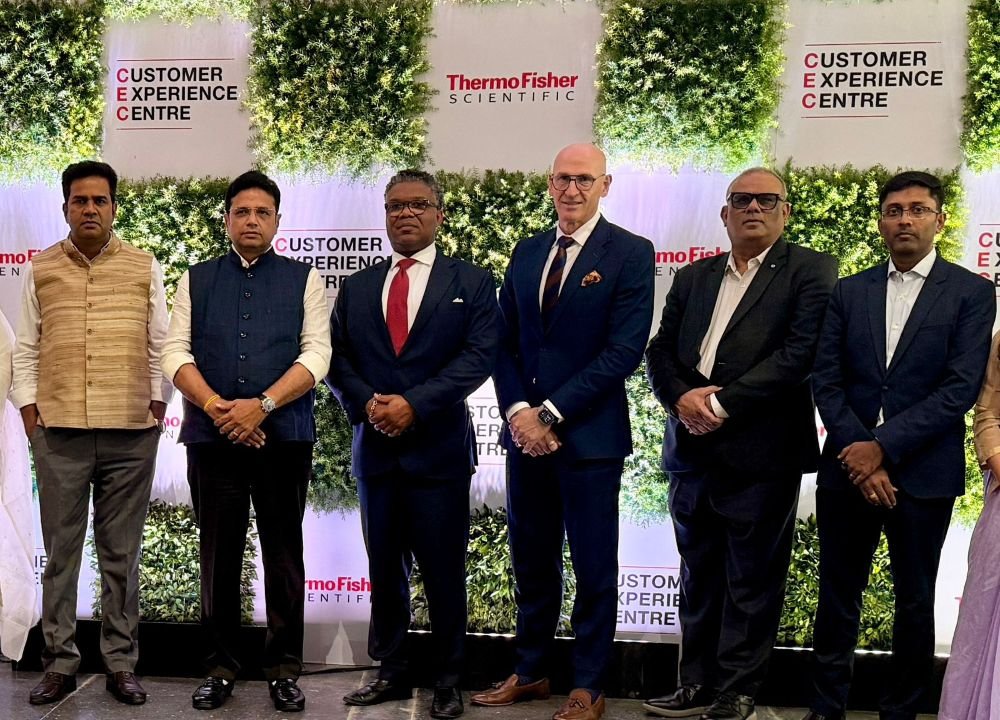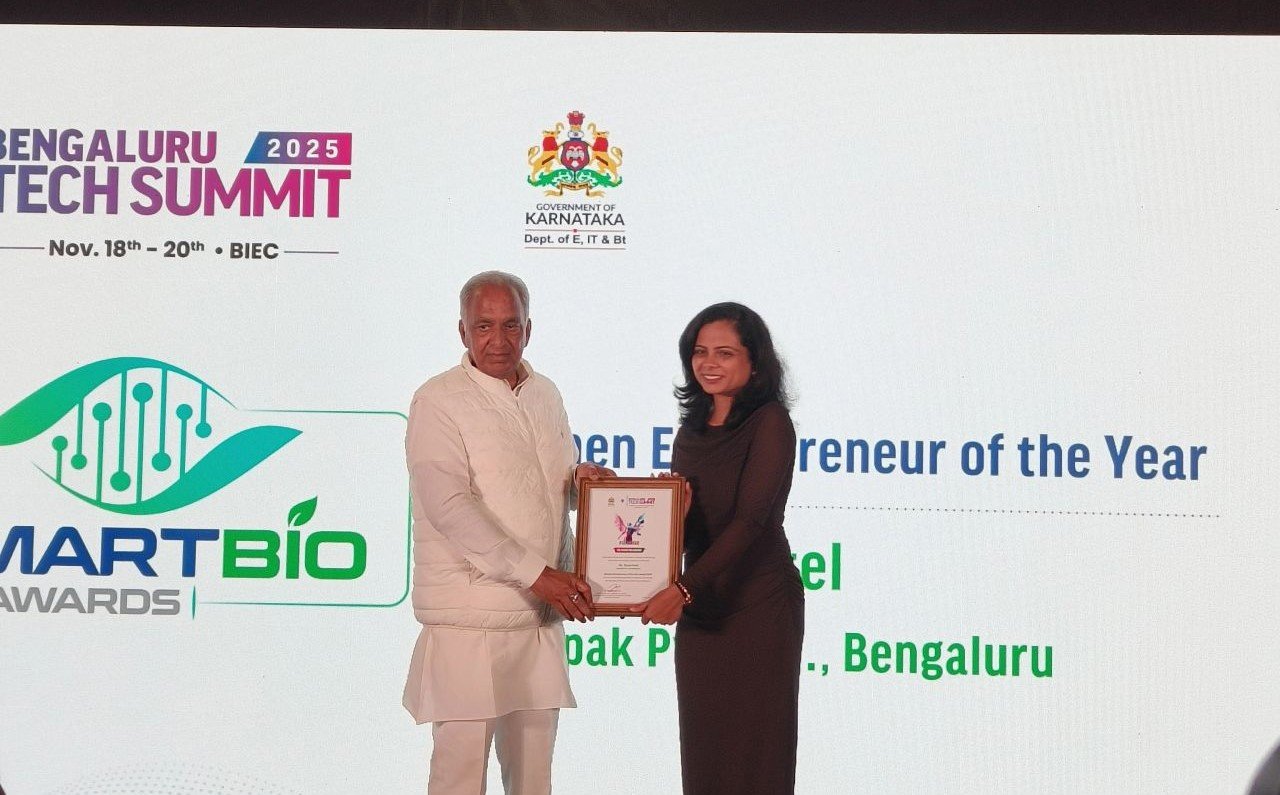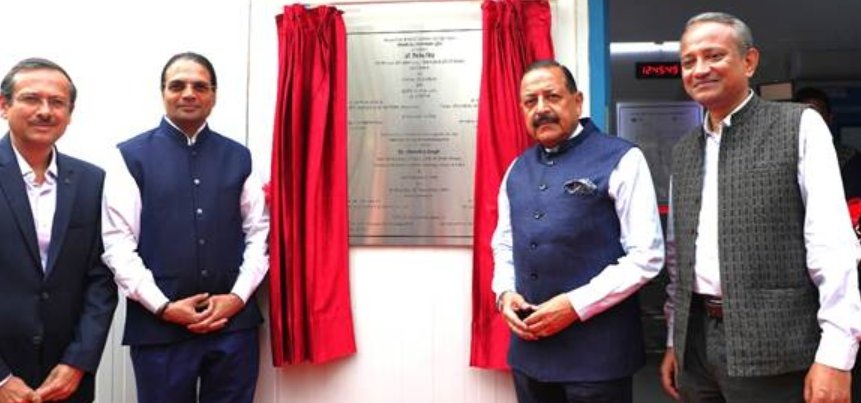New negative pressure wound therapy practical manual launches across India
July 08, 2025 | Tuesday | News
Released at NoWound Clinical Dialogues Meet to bridge key treatment gaps
India is grappling with a growing wound care crisis, with over 62 million people living with diabetes—25% of whom are at risk of developing diabetic foot ulcers—and a sharp rise in trauma cases each year.
The crisis is further exacerbated by an ageing population, rising obesity, undiagnosed diabetes, and increasing the need of quality care. To address this urgent need, a new manual titled “Negative Pressure Wound Therapy (NPWT): A Practical Manual for Advanced Wound Care” was launched at the NoWound Clinical Dialogues Meet 2025, in collaboration with APAR health, bringing together more than 20 of India’s foremost plastic, vascular, and orthopedic surgeons.
Developed under the guidance of eminent clinicians from leading medical institutions, this book brings together evidence-based practices, clinical insights, and multidisciplinary perspectives to serve as a practical guide for medical students, residents, nurses, and all professionals involved in wound care. It aims to simplify decision-making and enhance outcomes through effective use of NPWT from high-volume tertiary centres to district hospitals with limited infrastructure.
NPWT is a globally accepted, protocol-driven therapy known to accelerate wound closure, reduce infections, minimise hospital stays, and significantly lower amputation risk. However, awareness, standardised training, and access remain fragmented across much of the country.
“We are at a critical juncture. Wound care in India needs to move from reactive treatment to proactive, protocol-based management. This manual brings together scientific precision and real-world experience to support clinicians at every level—from large tertiary hospitals to smaller care centres. It’s a step toward making structured, outcome-driven wound care the national standard,” said Dr Aditya Aggarwal, Vice Chairman of Plastic, Aesthetic and Reconstructive Surgery, Medanta – The Medicity, Gurugram, and Chief Editor of the manual.
The manual brings together global best practices and Indian clinical insight to offer step-by-step guidance for NPWT application, monitoring, and wound-specific protocols. It includes real-world adaptations for chronic, traumatic, and post-surgical wounds, along with complication management strategies and safety checklists tailored to the needs of Indian patients.










